The history of barbers and why they used to do surgery
When you think of barbers, you might picture a cozy shop, buzzing with clippers and lively conversation. However, barbers weren’t always just about haircuts. Historically, they played a surprising dual role as both groomers and medical practitioners. This intriguing blend of beauty and medicine was prominent throughout history, making barbers a staple of local communities. Join us as we explore the fascinating journey of barbers from ancient times to the modern era.
Early Beginnings: The Origins of Barbering
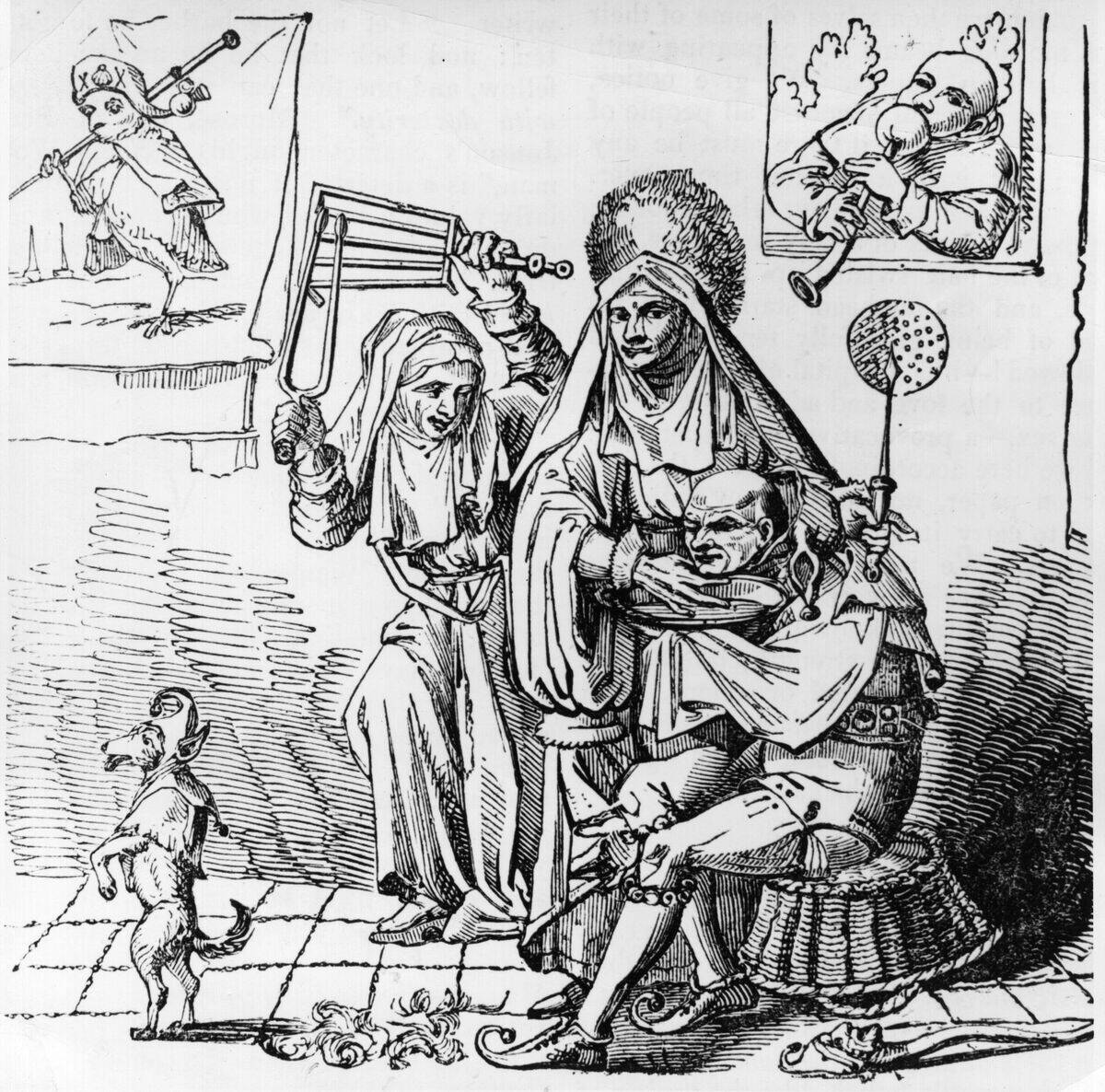
The art of barbering dates back thousands of years, with evidence of grooming practices found in ancient civilizations. Archaeologists have discovered primitive razors made from shells and sharpened flints, indicating that personal grooming was a priority even in prehistoric times. As societies evolved, so did the tools and techniques of the trade, setting the stage for barbers to become crucial figures in both personal care and community health.
Ancient Times: Grooming and Medicine Intertwined
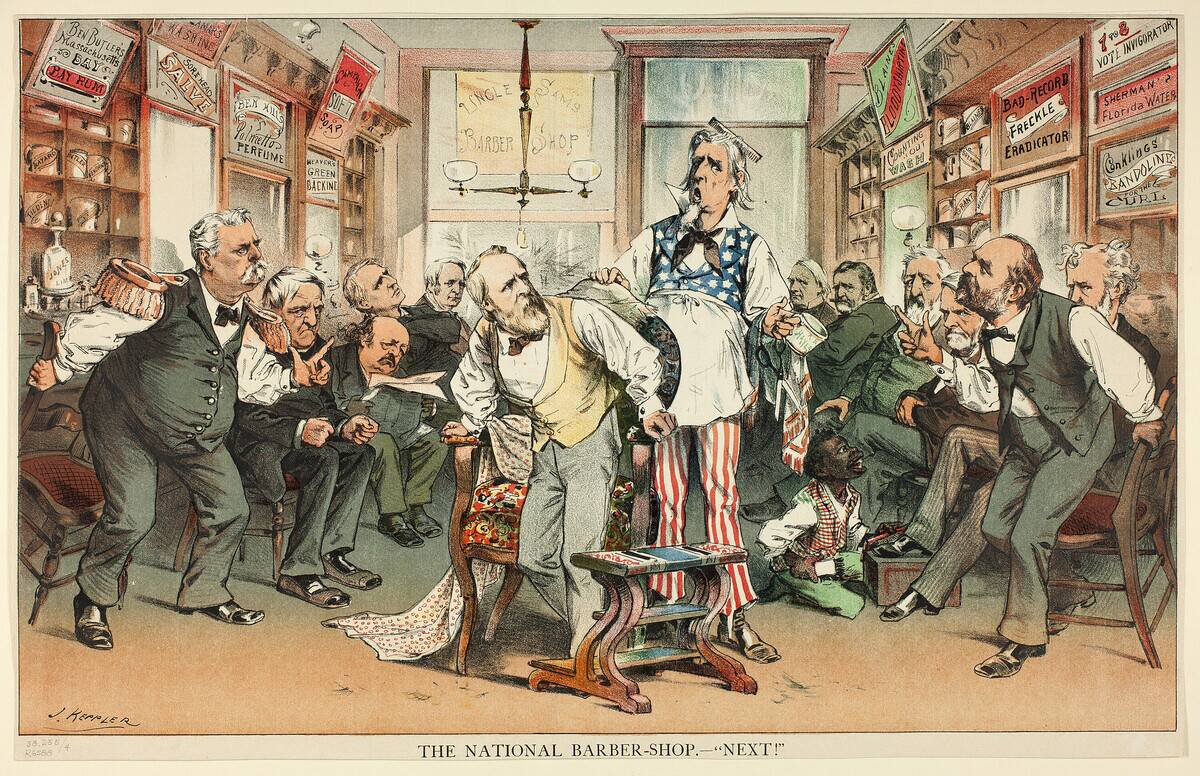
In ancient cultures, the roles of grooming and medicine were often intertwined. Barbers were not only responsible for cutting hair but also performed rudimentary medical procedures such as bloodletting and tooth extractions. This dual function was rooted in the belief that a well-groomed appearance was linked to good health. Over time, barbers gained a reputation as skilled practitioners who could address a variety of ailments while maintaining one’s appearance.
The Barber-Surgeons of Ancient Egypt
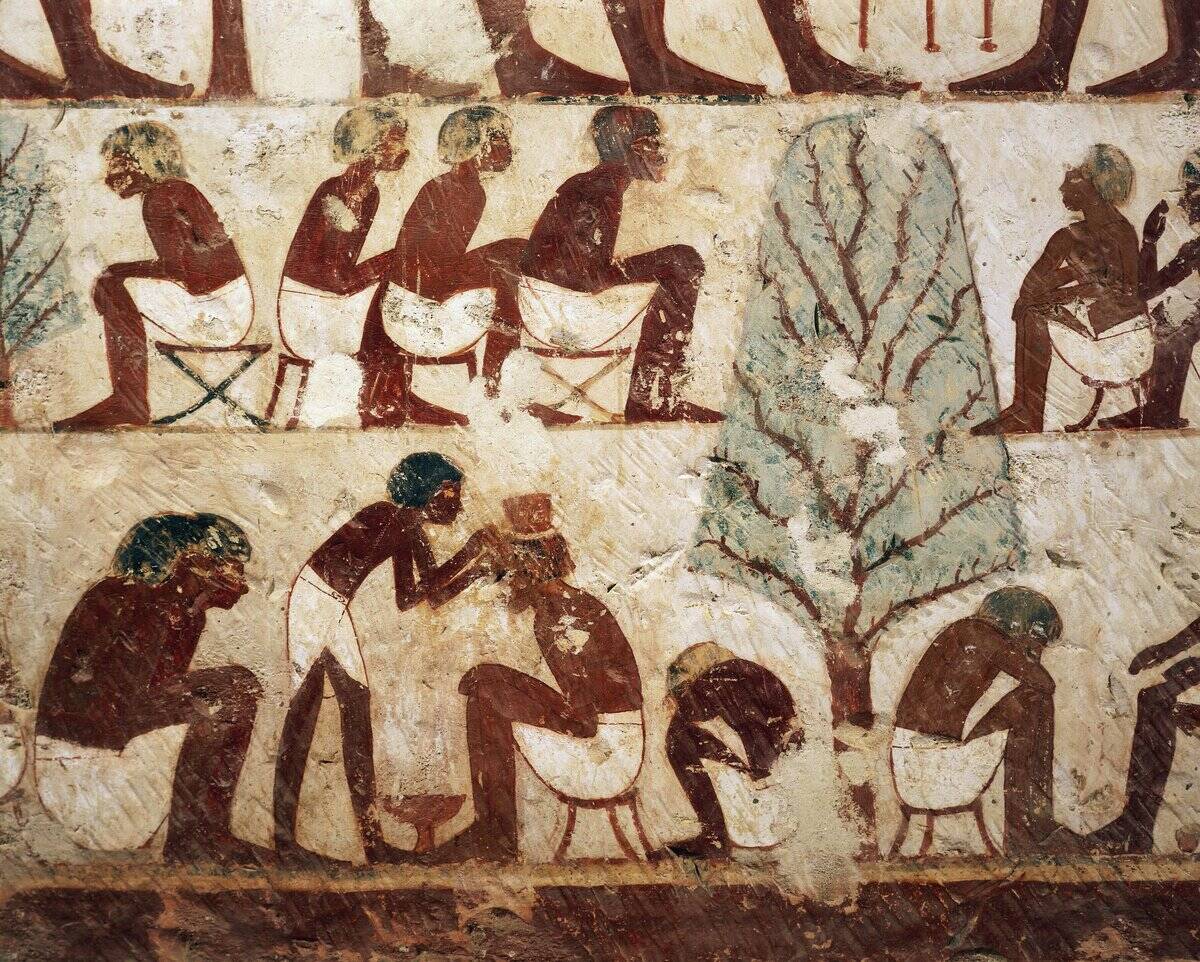
In ancient Egypt, barber-surgeons were highly respected, serving both the elite and common folk. They were adept at various medical treatments, including surgeries and wound care. Egyptian barbers had knowledge of herbal remedies and were entrusted with the health and hygiene of pharaohs. This dual role was reflected in their tools, which combined grooming implements with basic surgical instruments, showcasing their versatility in both domains.
Barbering Practices in Ancient Greece and Rome
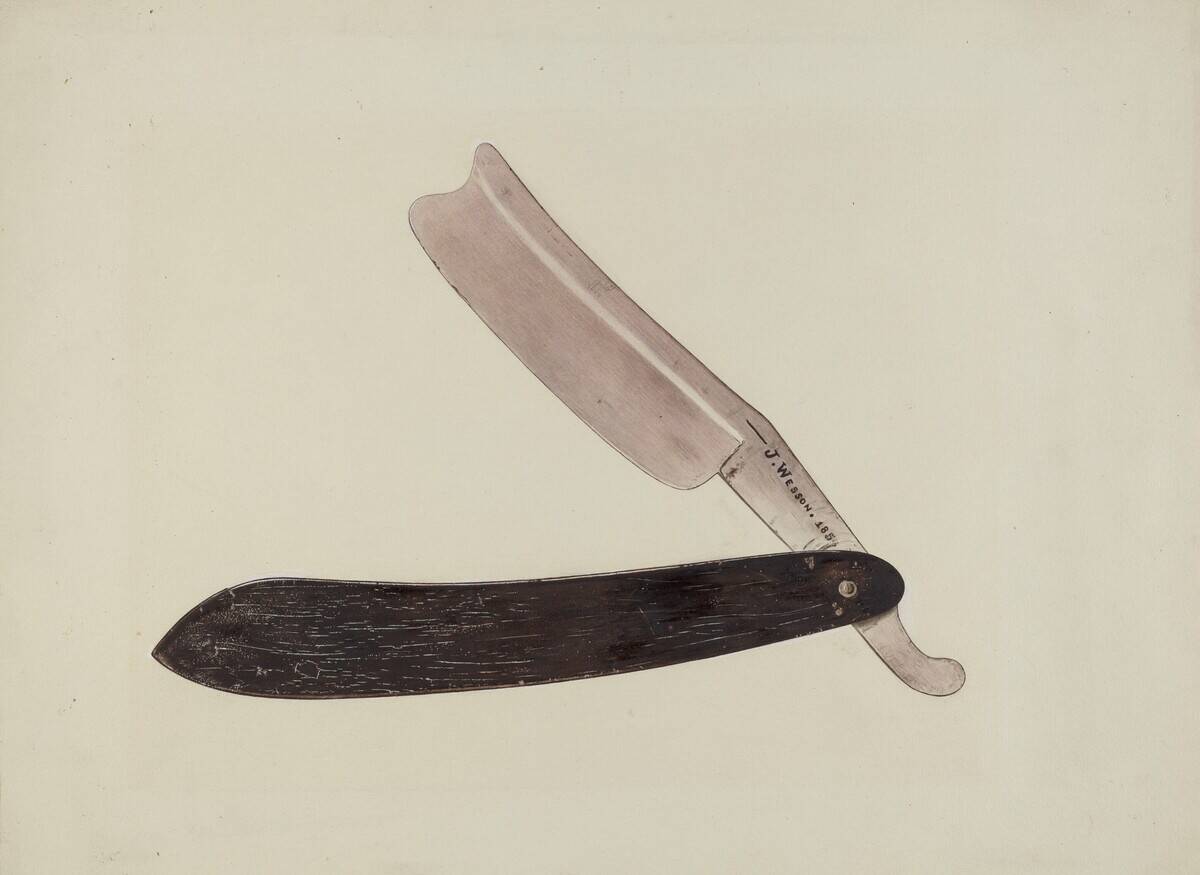
Barbering took on new dimensions in ancient Greece and Rome, where it was considered an essential aspect of social life. Greek barbers were known as “koureis” and played a role in public life, offering not just grooming but also philosophical discussions. In Rome, barbershops were social hubs where men gathered to discuss politics and society.
The Middle Ages: Barbers as Healers and Surgeons
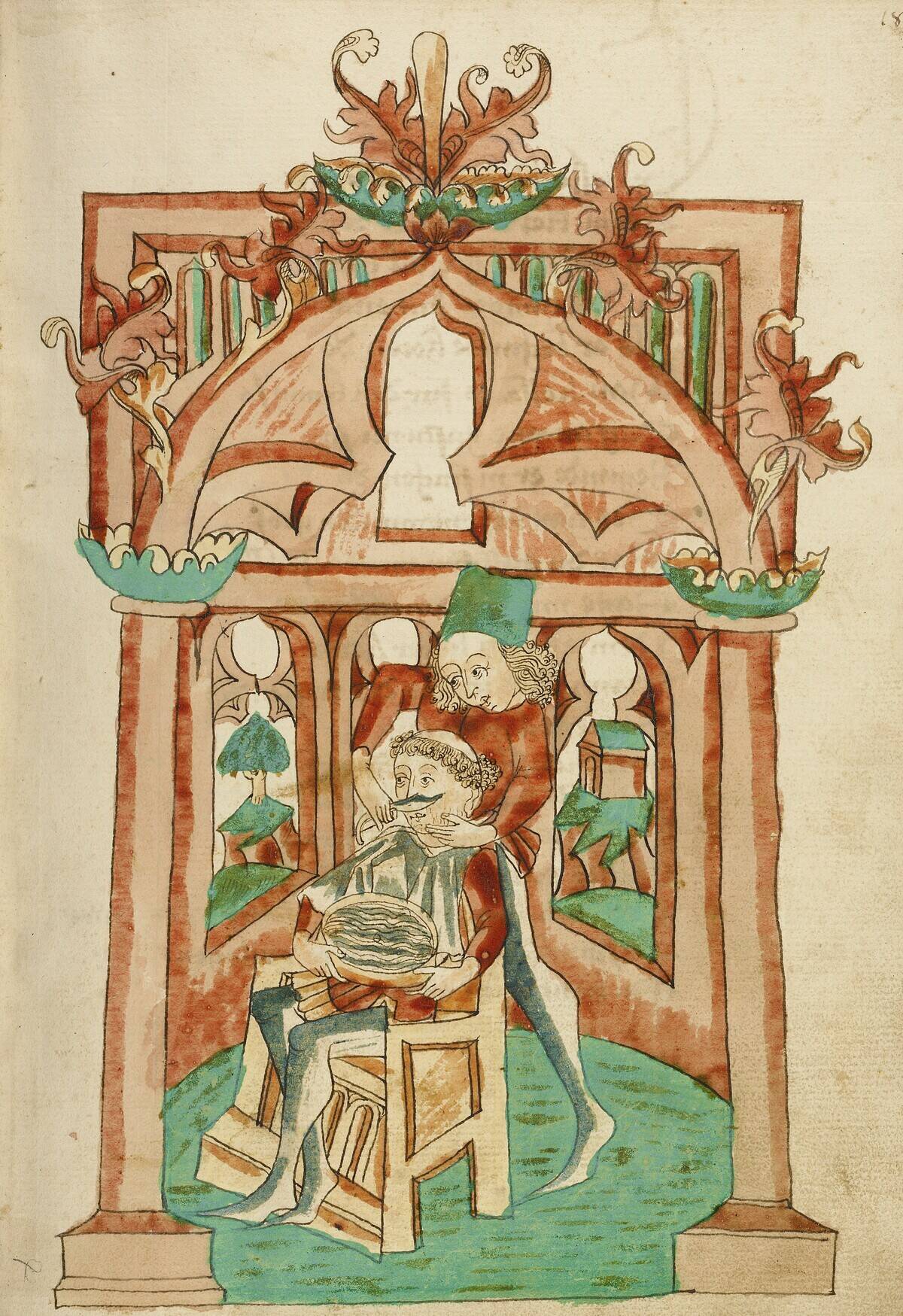
During the Middle Ages, barbers took on even more responsibilities, becoming key figures in healthcare. Known as barber-surgeons, they were licensed to perform surgeries and dental procedures, as well as grooming services. Barbers often traveled with the military, providing vital medical care on the battlefield. This period solidified their reputation as healers, with their distinctive pole symbolizing their dual role in bloodletting and hair cutting.
The Influence of Monastic Communities on Barbering and Surgery
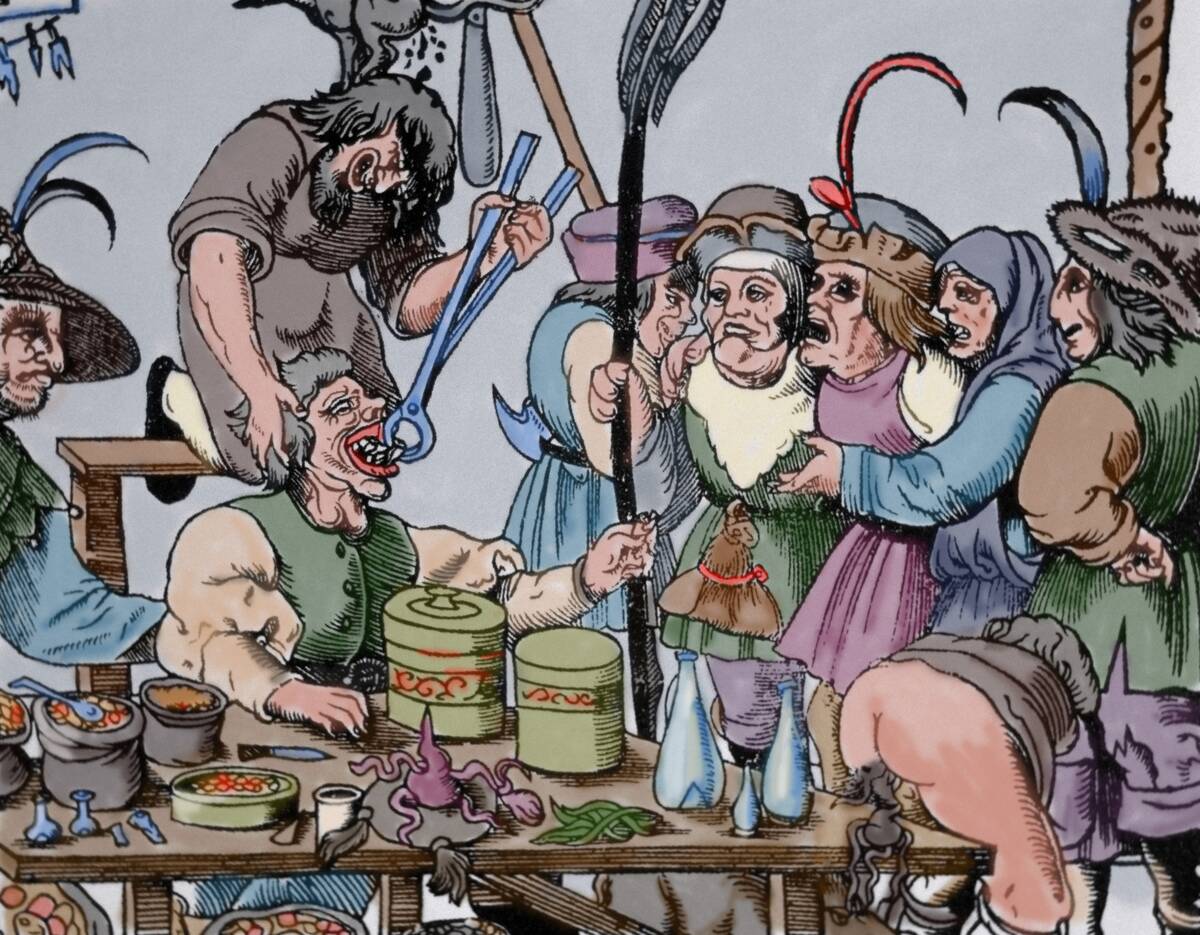
Monastic communities played a significant role in the development of barbering and surgery during medieval times. Monks, who were among the few literate members of society, passed on medical knowledge to barbers. Monasteries often housed hospitals, where barbers honed their skills under the guidance of monks. This collaboration helped elevate the barber-surgeon’s status, blending spiritual care with physical healing, and expanding their repertoire of medical and grooming services.
Barbers in the Renaissance: A Surgeon’s Apprentice
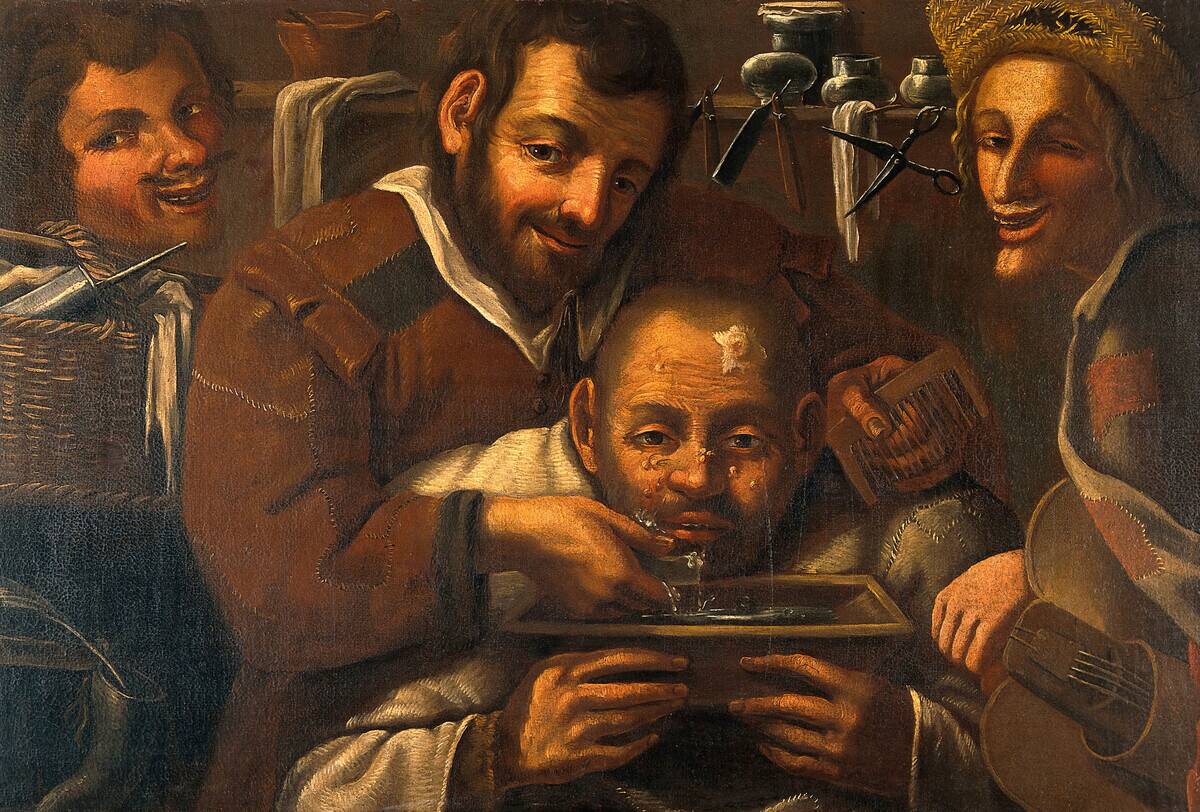
In the Renaissance, barbering evolved as barbers became apprentices to surgeons. This era marked the beginning of a more formalized approach to surgical training. Barbers learned advanced techniques and contributed to medical advancements by assisting surgeons. The Renaissance was a time of great exploration and discovery, and barbers were at the forefront, participating in dissections and expanding their understanding of human anatomy, which laid the groundwork for modern surgery.
Tools of the Trade: From Razors to Surgical Instruments
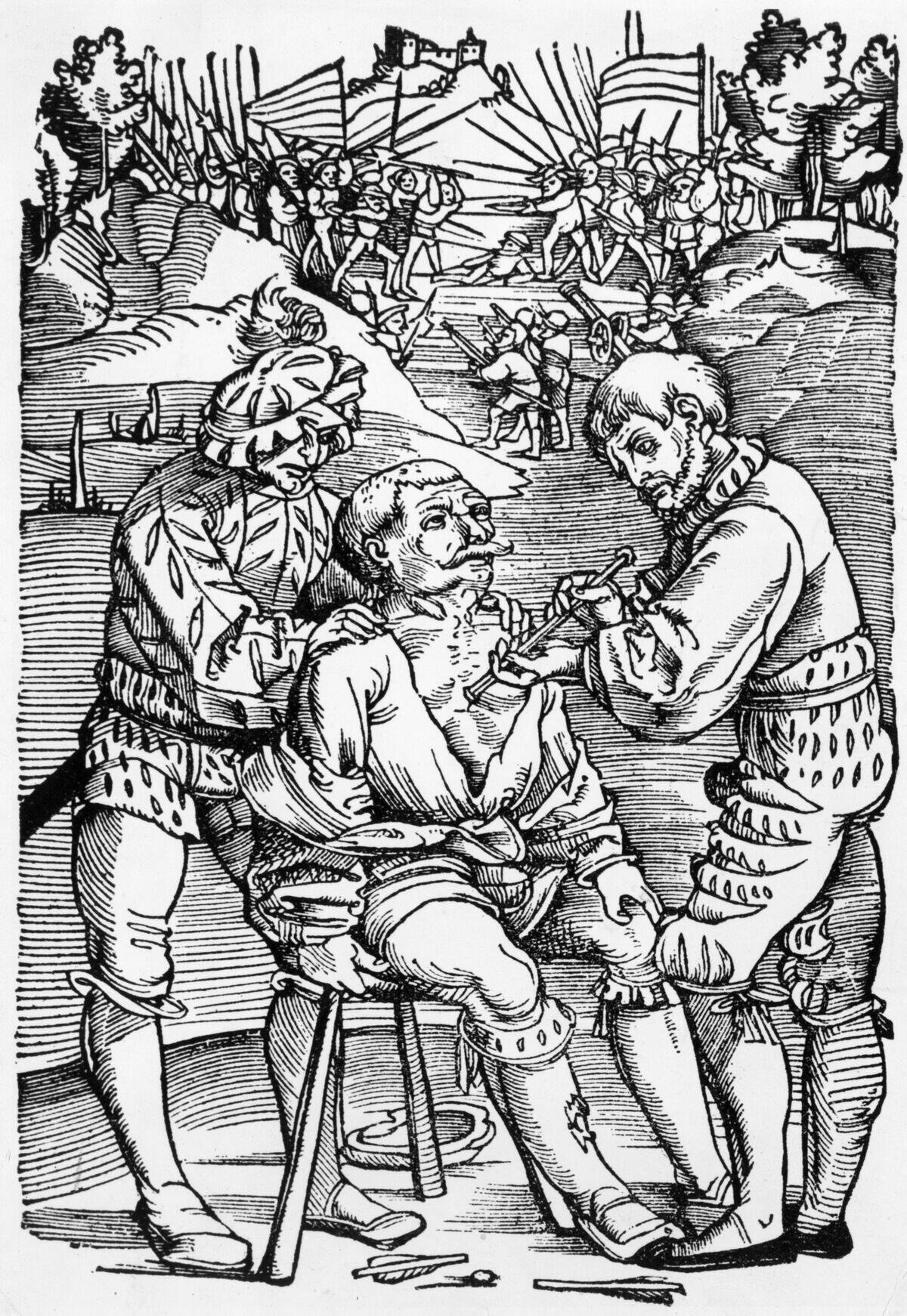
Barbers have always been known for their tools, which have evolved significantly over the centuries. In ancient times, sharpened stones and shells were the norm, but as knowledge progressed, so did the sophistication of their instruments. By the Middle Ages, barbers wielded a diverse array of tools, from razors and scissors to surgical instruments like scalpels and lancets. These tools were not only essential for grooming but also for the medical procedures they performed.
The Colorful Symbolism of the Barber Pole
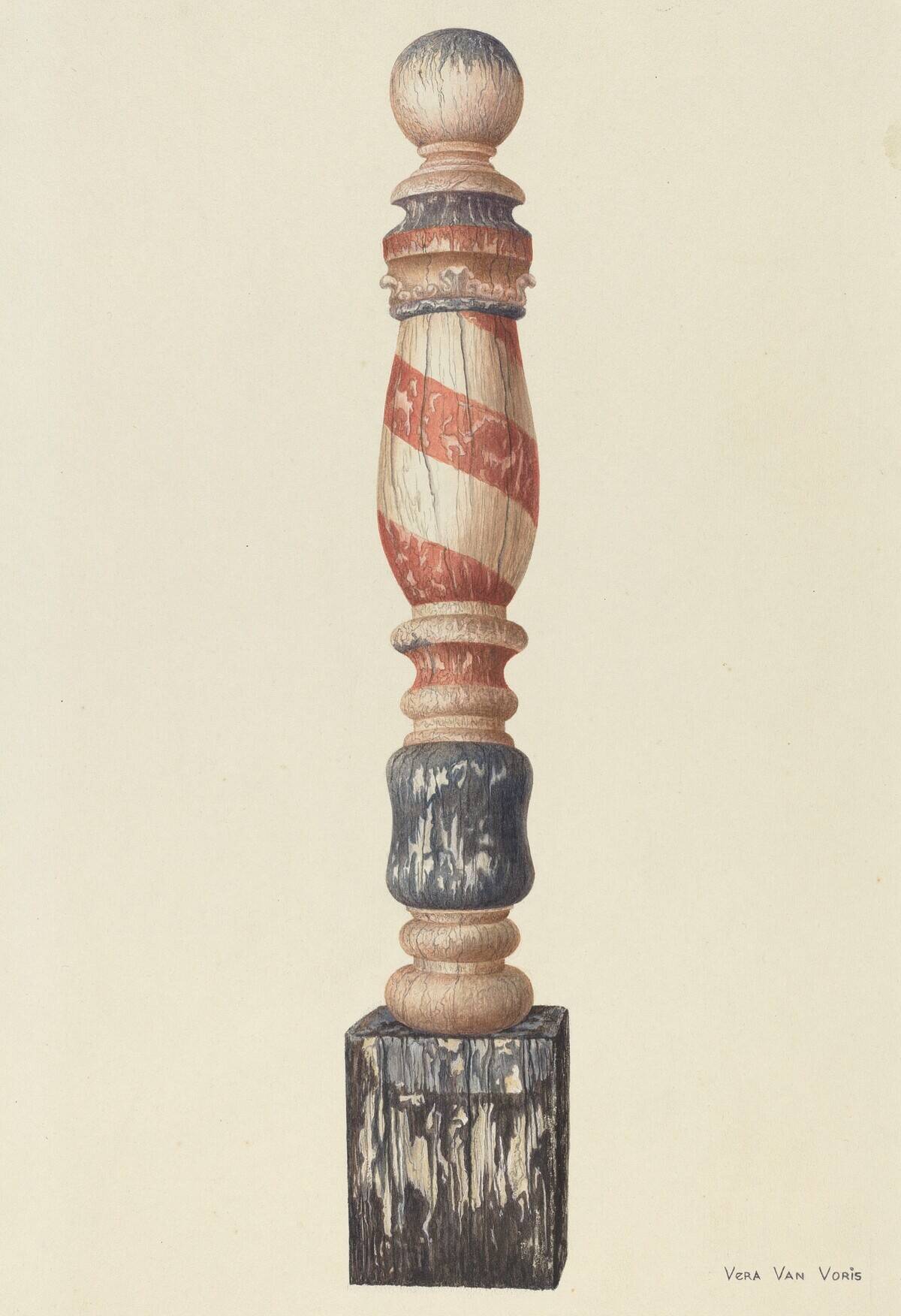
The iconic barber pole, with its red and white stripes, holds a fascinating historical significance. Originating in the Middle Ages, the red represented blood, while the white symbolized bandages used during bloodletting procedures. As time passed, blue was added in some countries, possibly to differentiate American barbers from their European counterparts. Today, the barber pole remains a symbol of the profession, a nod to the rich history of barbers as both groomers and healers.
Barbershop Talk: A Hub for Gossip and Medical Advice
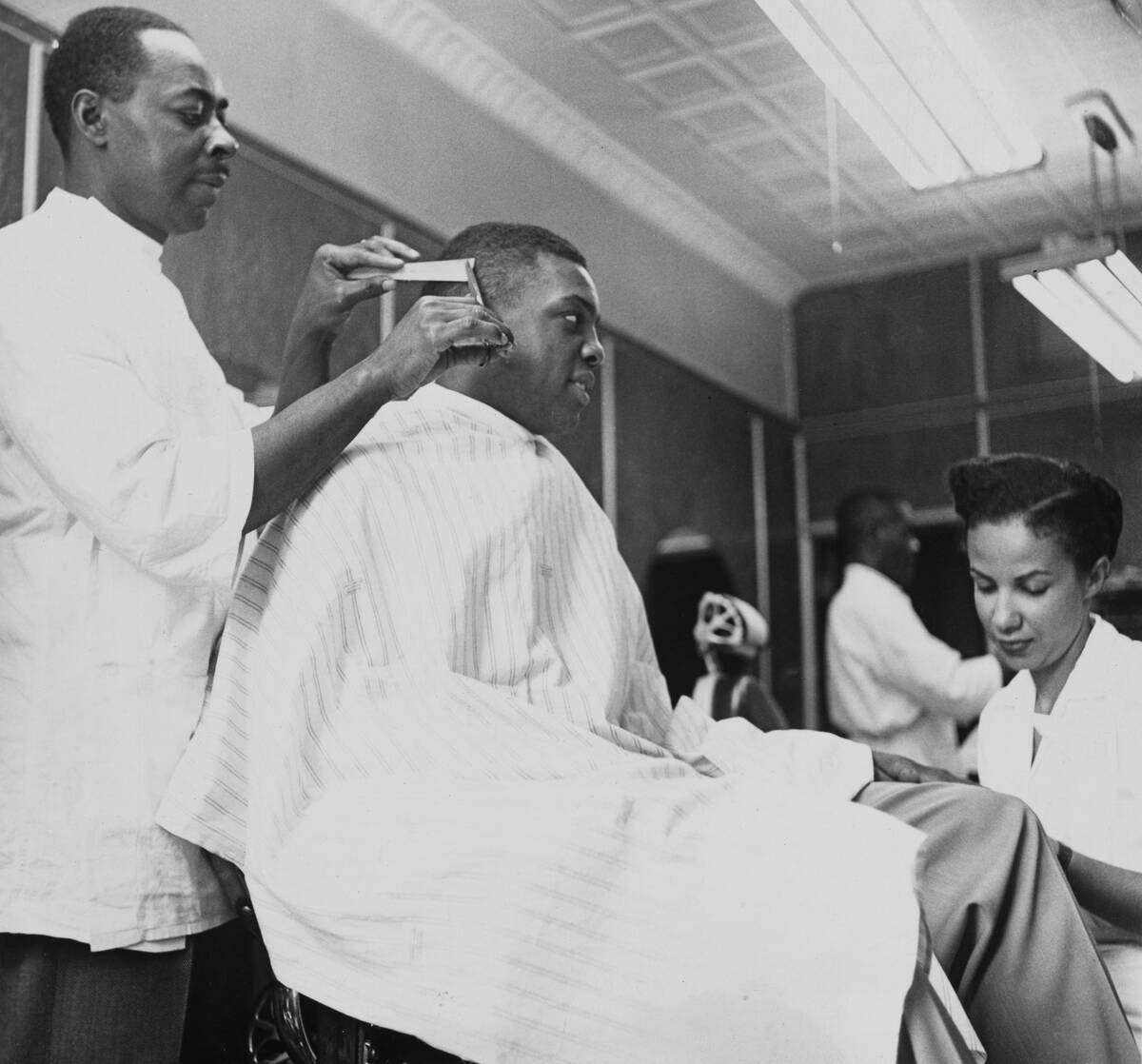
Barbershops have long been more than just places for a trim; they were social hubs where gossip and news were exchanged. In earlier times, these conversations often extended to medical advice, as barbers were trusted figures in the community. People would visit not only for a haircut but also to discuss ailments and seek guidance. This role as community confidants solidified barbershops as integral parts of society, where haircuts and health advice went hand in hand.
The Evolution of Medical Knowledge: Separating Barbers from Surgeons
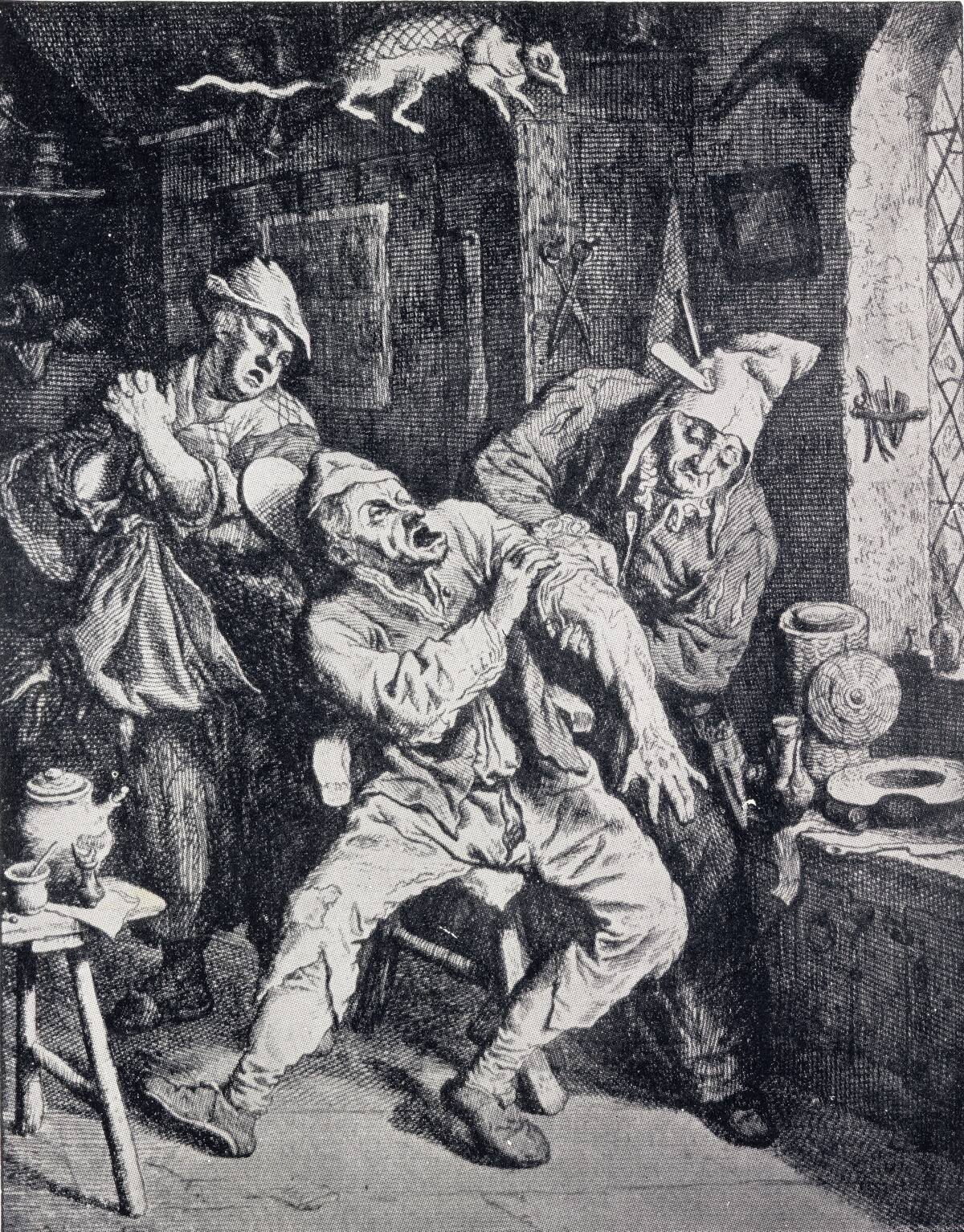
As medical knowledge advanced, the roles of barbers and surgeons began to diverge. In the 18th century, the separation became more pronounced, with surgeons pursuing formal education and barbers focusing on grooming. The establishment of medical schools and the increasing complexity of surgical procedures necessitated this division. While barbers continued to provide essential grooming services, surgeons became specialized medical professionals, marking a significant turning point in the history of both fields.
The 18th Century: The Professionalization of Surgery
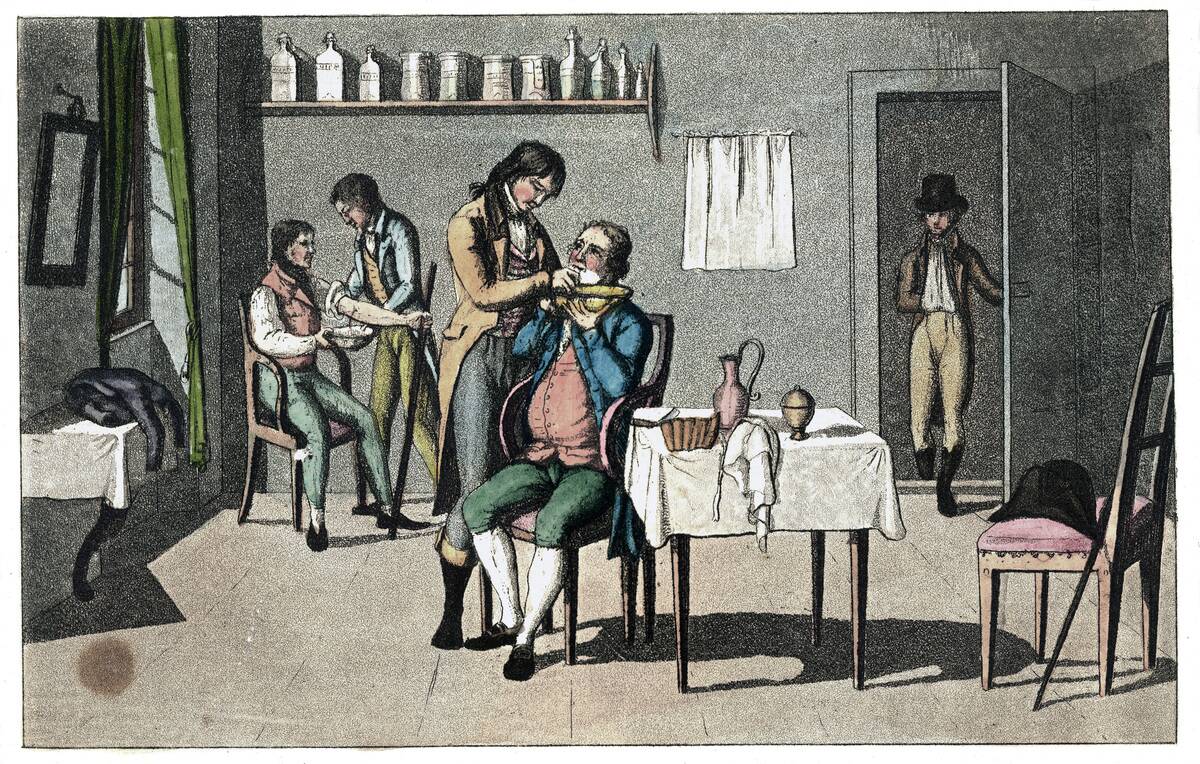
The 18th century marked a pivotal moment in the professionalization of surgery. With the founding of surgical colleges and societies, the field gained recognition as a distinct medical discipline. Surgeons were required to undergo rigorous training and apprenticeships, distinguishing them from barbers. This era saw the emergence of renowned figures such as John Hunter, who advanced surgical techniques and education. The separation from barbers allowed surgery to evolve into a respected and specialized profession.
The Decline of the Barber-Surgeon
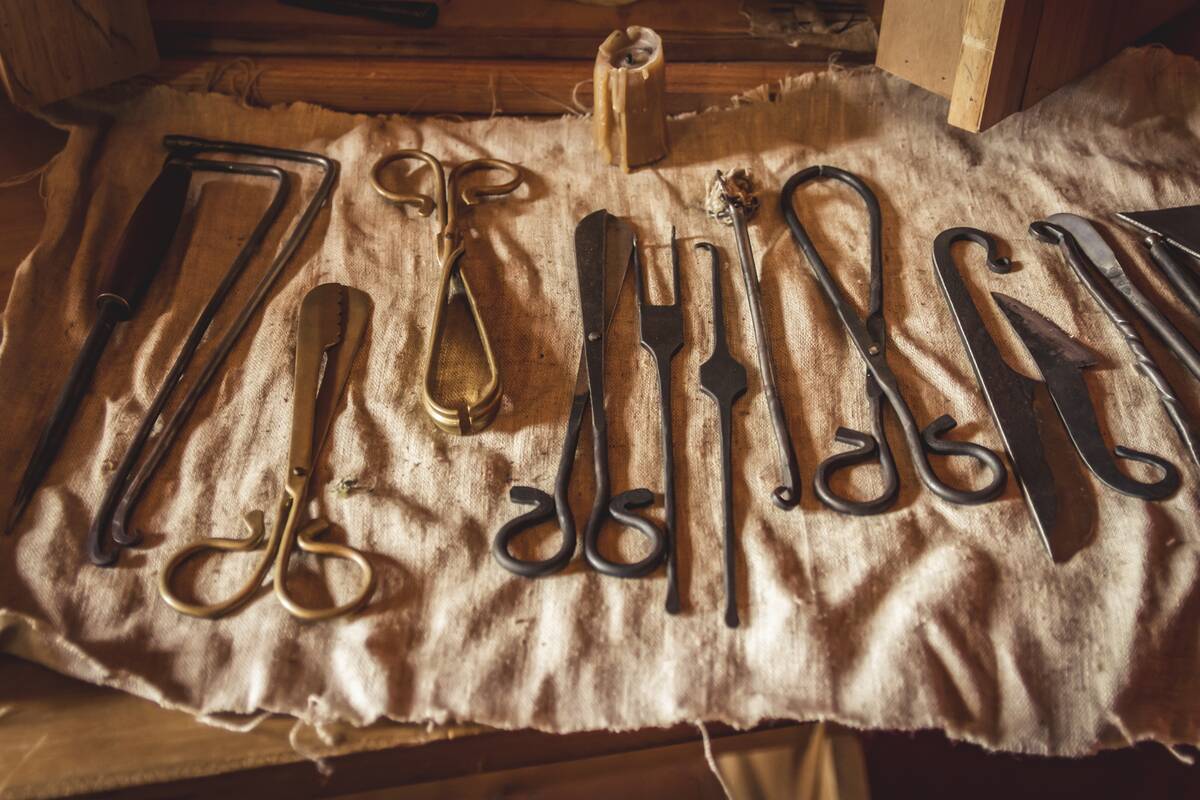
The decline of the barber-surgeon was a natural progression as medical practices evolved. By the 19th century, the role of the barber-surgeon had largely faded, with barbers focusing solely on grooming and personal care. Advances in medical science and the establishment of professional medical bodies further cemented the distinction between barbers and surgeons. Despite this decline, the legacy of the barber-surgeon’s dual role persists in the rich history of the profession.
Modern Barbering: A Nod to History with a Contemporary Twist
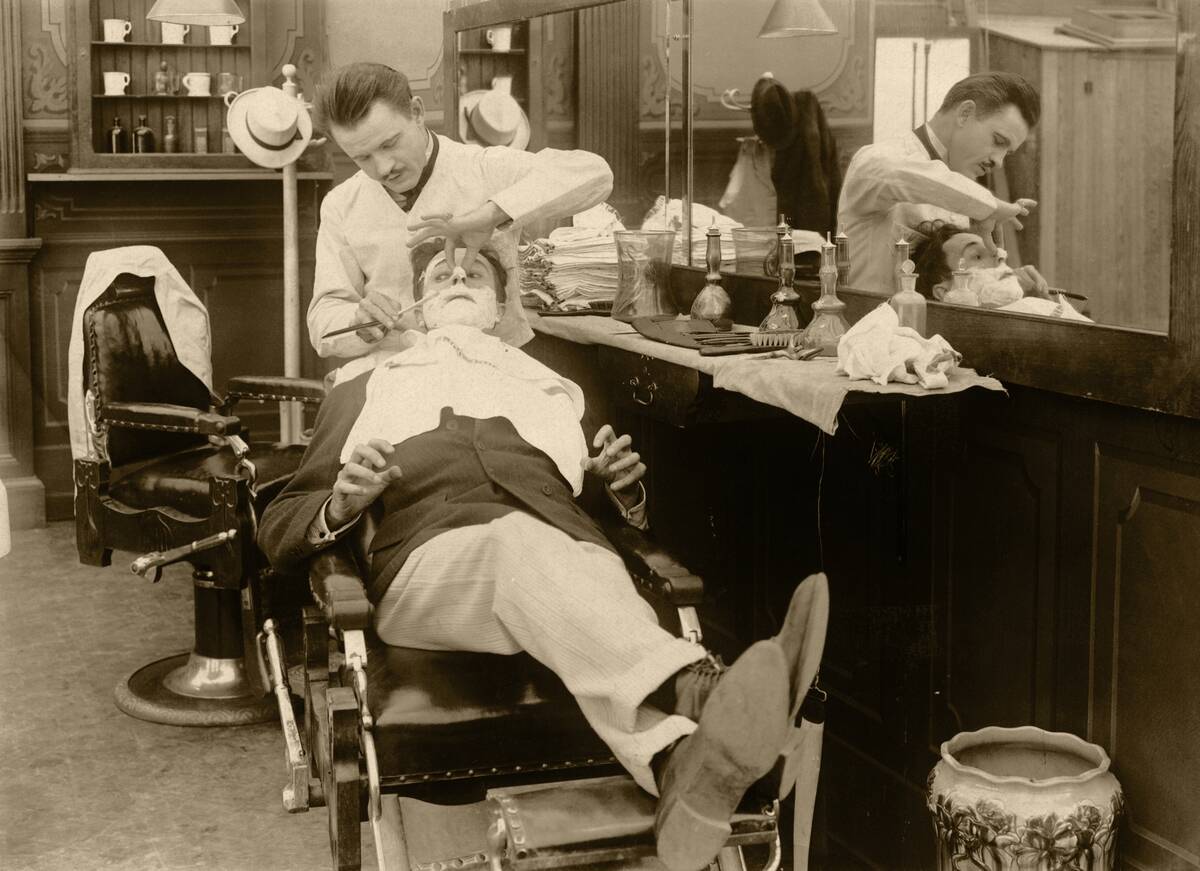
Today’s barbershops embrace the rich heritage of the profession while incorporating modern trends and techniques. The resurgence of interest in traditional barbering has led to a revival of classic styles and services. Many barbershops now offer a blend of old-school charm with contemporary amenities, such as hot towel shaves and beard grooming. This nod to history, combined with a commitment to quality and innovation, keeps the spirit of traditional barbering alive in the 21st century.
Fun Facts: Quirky Tidbits About Barbers Through the Ages
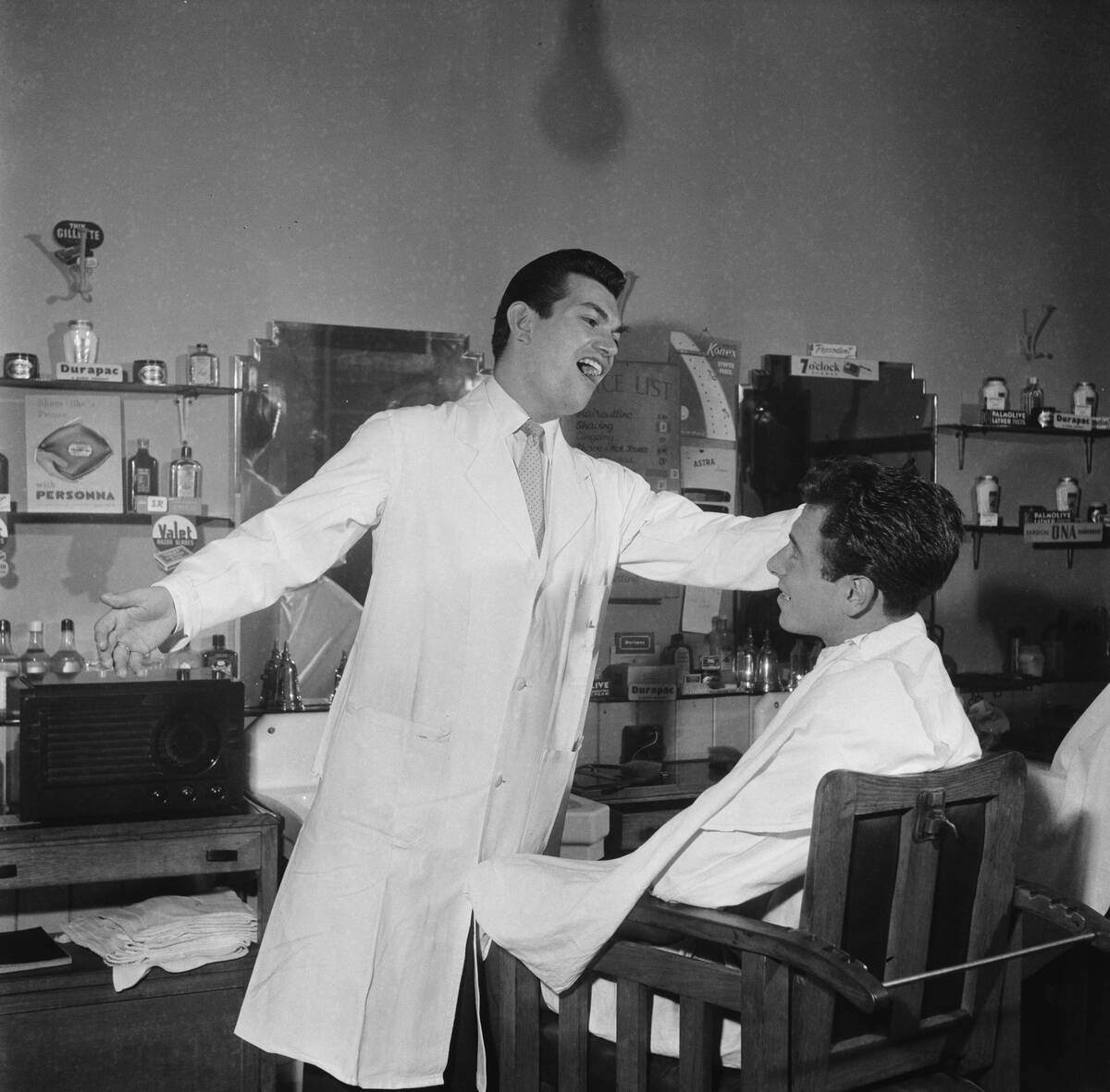
Did you know that barbers once performed dentistry? In medieval times, they were known for extracting teeth as part of their medical repertoire. And let’s not forget the superstition that barbers believed cutting hair during a new moon would promote faster growth. These quirky tidbits showcase the colorful history of barbers through the ages.
The Lasting Legacy: How History Shaped the Modern Barbershop
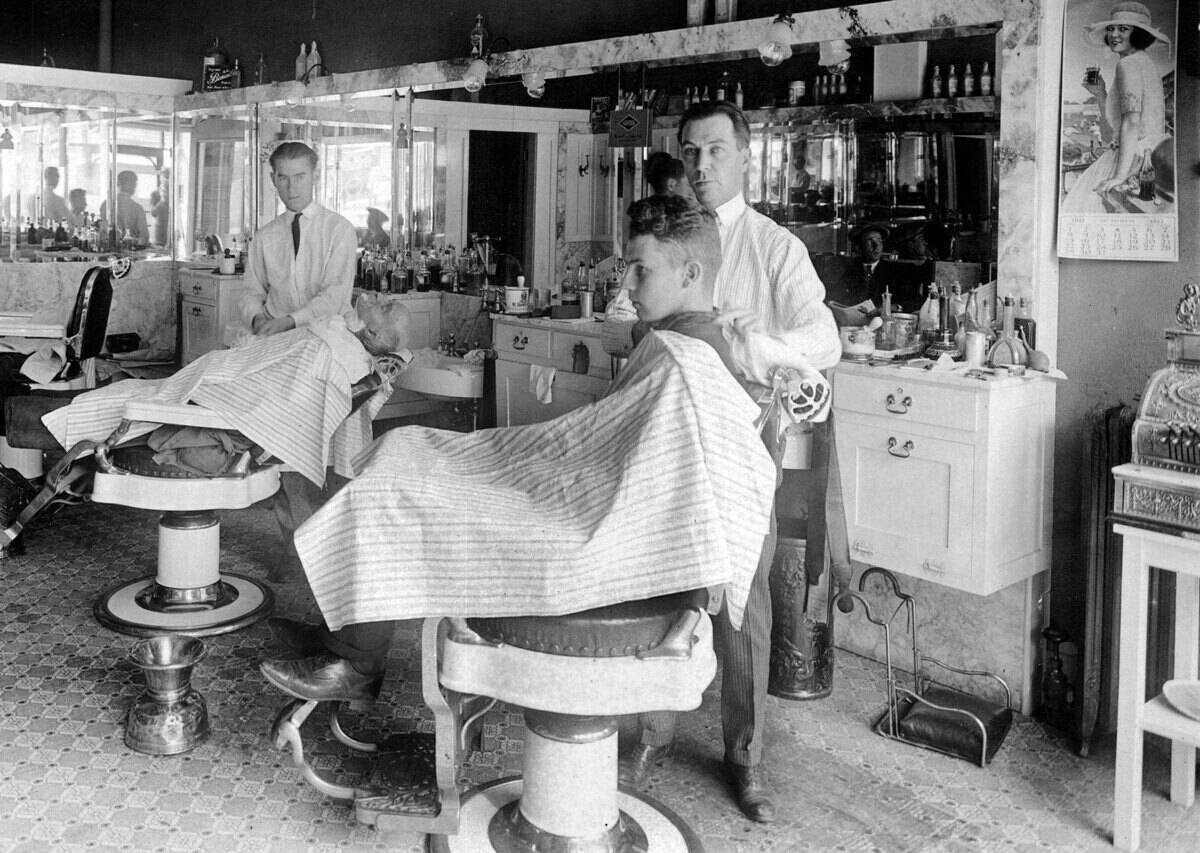
The legacy of the barber-surgeon is evident in the modern barbershop, where history and tradition meet contemporary style. Today’s barbers continue to uphold the values of their predecessors by providing exceptional service and fostering community connections. The enduring symbol of the barber pole serves as a reminder of the profession’s storied past. As barbershops adapt to changing times, they remain a testament to the rich heritage and lasting impact of barbers throughout history.



